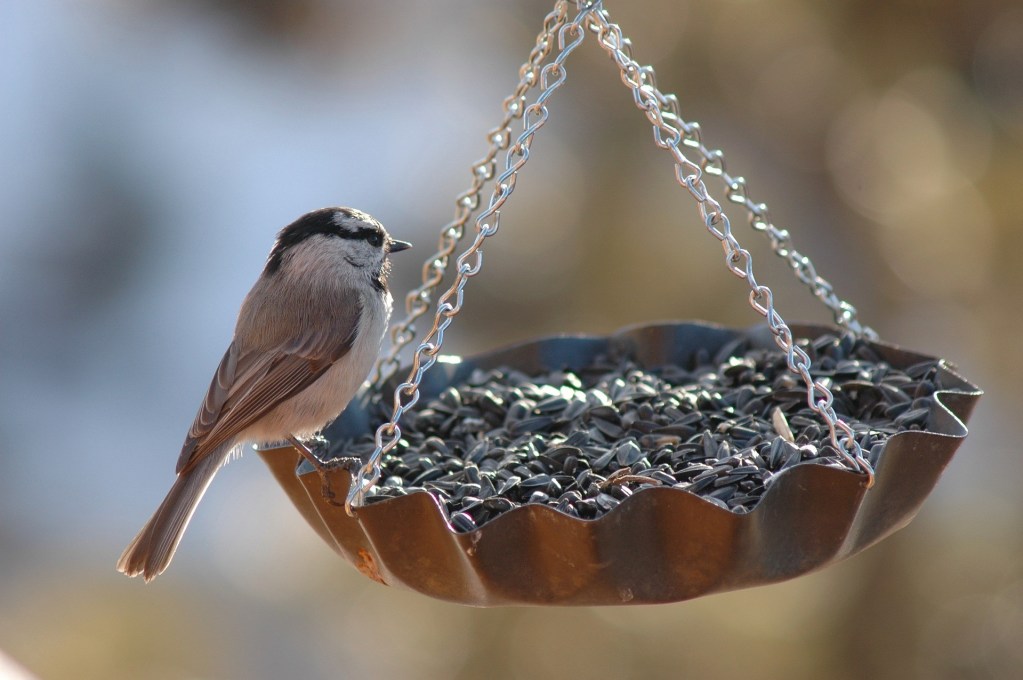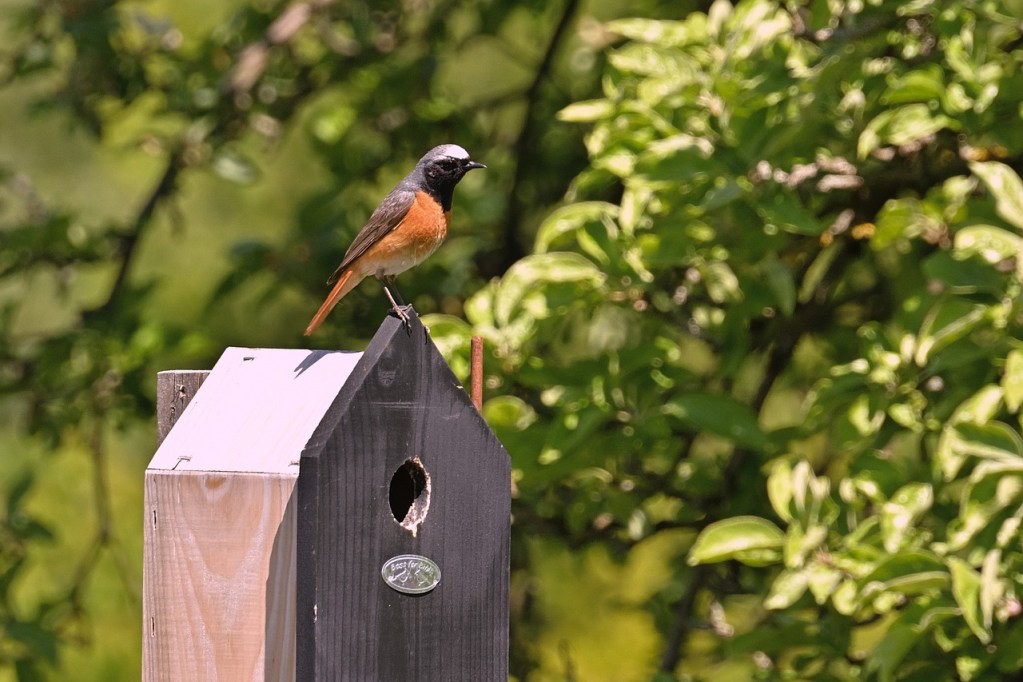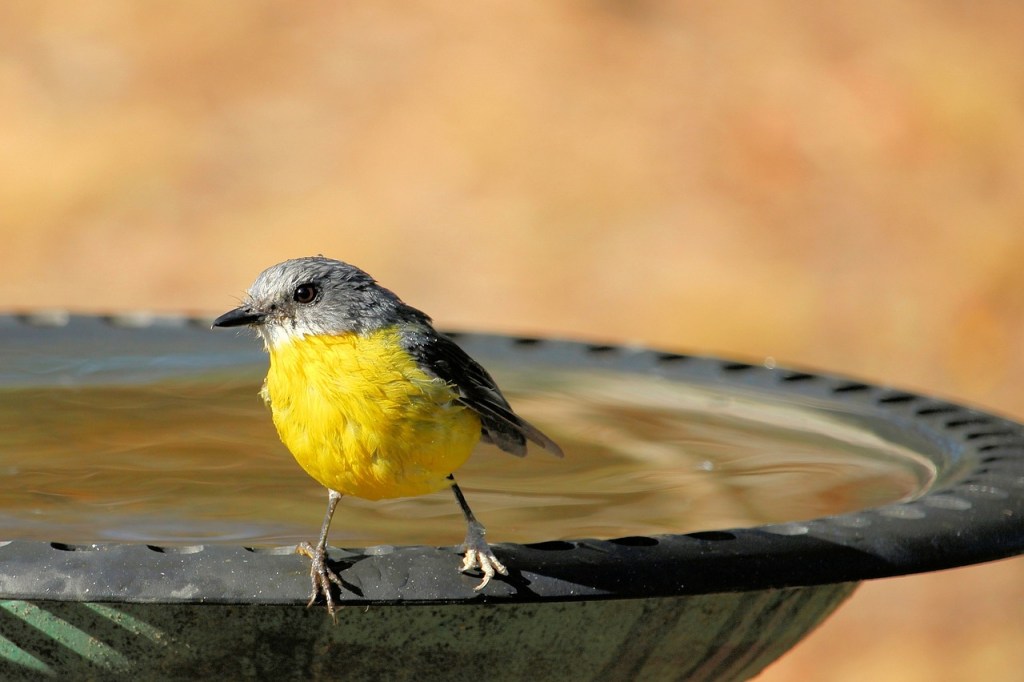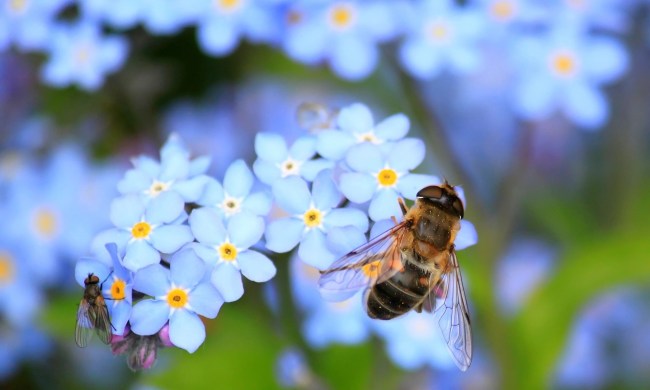In early spring, many bird species begin to migrate to their spring and summer homes. If you live along a migration path, you should start seeing birds that you normally wouldn’t find in your garden, making this an exciting time for birdwatchers! From the beautiful rufous hummingbird on the West Coast to the East Coast’s orioles, migratory birds are crossing over every part of the U.S. Just because they're flying through your neighborhood doesn't mean they'll visit you're garden, though!
If you want to see gorgeous migratory birds from the comfort of your own home or front porch, then we're here to help. This simple guide will teach you what you need to know about how to attract migratory birds to your yard.

Provide plenty of food
While on their long migrations, there are a few main reasons birds stop. One of those reasons is food. Flying hundreds or even thousands of miles is hard work, so they need to eat quite a bit to keep up their energy. Luckily, providing food for birds is quick and easy. Here’s what you’ll need to do:
Step 1: Plant native plants, with a focus on flowers that produce nectar, seeds, or berries. Holly, juniper, sunflowers, and bee balm are a few great options to consider including, but there are many others.
Step 2: Avoid planting invasive plants. Invasive plants outcompete the native plants that provide food and shelter for wildlife, which means less food available for your hungry birds.
Step 3: Stop using insecticides during migration. Insects can be annoying, but they’re also a valuable food source for many birds.
Step 4: Hang bird feeders in your yard or around your home. This option is perfect if you lack outdoor space or aren’t able to add new plants to your garden right now.

Make sure there's shelter for the birds
When migratory birds stop for the night, they need a safe place to rest. Here’s what you need to do to make sure birds can sleep comfortably in your yard or garden:
Step 1: Add trees to your garden. Trees are one of the most common places for birds to rest. They provide safety from most predators, a convenient vantage point to look for food, and shelter from the elements.
Step 2: Leave dead trees in your yard. Some dead trees need to be removed for safety concerns, especially if they’re still standing and are close to a structure or power line. However, if you have dead trees that can safely be left alone, leave them where they are. Dead trees provide both shelter and a hunting ground for insects, making them the bird equivalent of a bed-and-breakfast.
Step 3: Install nesting boxes or birdhouses in your garden. These offer temporary, readily available shelter for birds. Make sure the box or house has proper drainage, so any water that leaks in can escape! Additionally, avoid birdhouses with perches. Although they’re cute, some birds sit on the perch and peck at birds already inside the birdhouse.
Step 4: Leave fewer wide-open spaces. Wide-open spaces leave birds vulnerable to predators, so they often avoid sheltering in them. If you aren’t able to plant trees in a bare area, consider planting shrubs, tall grasses, or flowers to break up the space.

Give them a water source
Flying is thirsty work, and unfortunately, fresh, clean water can be difficult to find. This is especially true if you live in a more urban area. Any form of fresh water will be appreciated, so here are some steps to make sure your water source is a perfect fit for migratory birds:
Step 1: Keep your water clean. Birds are wild animals, so they’re no strangers to a little bit of dirt. However, you should keep large debris, synthetic materials, and chemicals out of the water.
Step 2: Provide stationary or slow-moving water. Quick-moving water is more difficult to drink from, so a birdbath or pool of water that doesn’t move is ideal.
Step 3: Offer a water source that won't dry out easily. A drainage ditch that fills up after a heavy rain but evaporates quickly won’t offer consistent water for long. Instead, opt for a fountain or birdbath that you can manually refill.

Provide nesting materials
Birds on the move won’t be building nests, but if you live at the end of the migration path, then providing nesting materials will encourage the birds to stay in your yard or garden. In addition to providing a nesting box or birdhouse, here’s what to do:
Step 1: Start a brush pile. Piling discarded leaves, branches, and other garden debris in an out-of-the-way corner of your yard provides great nesting materials for birds to choose from.
Step 2: Provide natural materials only.
Step 3: Avoid yarn, string, twine, and fabric strips. Offering yarn and fabric strips for birds to use has been popular before, as the resulting nests are cute and colorful. However, they can easily become tangled around the legs of young birds, leading to disaster.
Step 4: Avoid offering any materials that have been treated with chemicals of any sort. This includes things like dryer lint or pet fur.

Limit the presence humans and predators in your yard
You don't need to stop using your yard or garden entirely, but keep in mind that constant activity and loud noises may scare birds away. Avoiding scaring off birds is actually quite similar to being a good neighbor. Avoid loud noises or bright lights at night or early in the morning, and try not to disturb them if you see them during the day.
Most predators won't come too close to humans, so yards and gardens are generally pretty safe for birds. However, there are a few exceptions. Cats and dogs are the main ones. If you want to attract migratory birds, keep your cats indoors and your dogs on a leash to prevent them from chasing the birds. Other small predators, such as foxes and racoons, can also menace your birds. A garden fence can disuade them, but be sure not to leave anything leaned against the fence that could be climbed!
Migration season is a wonderful time for birdwatchers, but it gets a little more difficult for the birds every year. Making your yard or garden a rest stop for these weary travelers is a great way to help them out, plus you get to enjoy the birds as they come and go! Some birds will even remember their favorite stops along their migration path, visiting year after year. So start preparing today for a lifetime of feathered friends and attract migratory birds to your yard.




